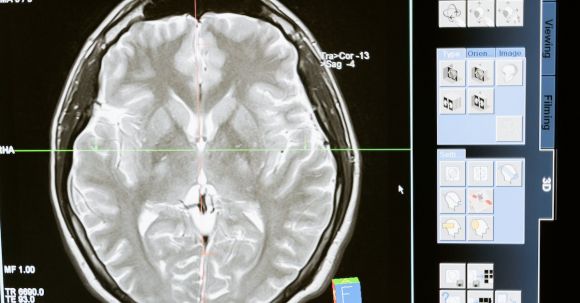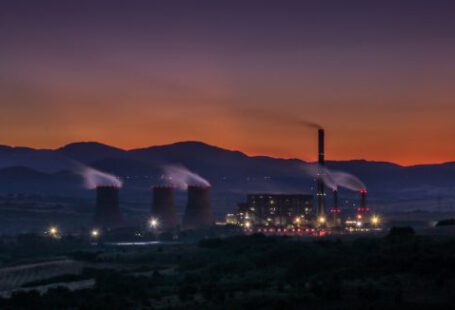In today’s world, technology has become an integral part of our lives. From smartphones to self-driving cars, we are constantly surrounded by innovative solutions that improve our daily routines. One such technology that has revolutionized various industries is infrared radiation. In this article, we will explore the discovery and applications of this fascinating form of electromagnetic radiation.
The Discovery of Infrared Radiation
In 1800, Sir William Herschel made a serendipitous discovery while conducting experiments with sunlight. He noticed that a thermometer placed beyond the red end of the visible spectrum registered a higher temperature than expected. Intrigued by this observation, Herschel coined the term “infrared” to describe this invisible form of radiation. This groundbreaking discovery opened up a whole new world of possibilities for scientists and engineers.
Understanding Infrared Radiation
Infrared radiation lies just beyond the visible spectrum, with wavelengths ranging from 700 nanometers to 1 millimeter. It is emitted by all objects with a temperature above absolute zero. The intensity of infrared radiation depends on the temperature of the object, with hotter objects emitting more radiation. This unique property makes infrared radiation an invaluable tool in various applications.
Applications in Thermography
Thermography, the technique of using infrared radiation to capture and analyze temperature variations, has numerous applications across different industries. In medicine, thermography is used to detect abnormalities in patients by visualizing temperature differences in the body. This non-invasive method is particularly useful in diagnosing conditions such as inflammation, cancer, and circulatory disorders.
In the field of building inspection, thermography is used to identify areas of heat loss, water damage, or faulty insulation. By detecting these issues early on, building owners can save money on energy bills and prevent further damage. Additionally, firefighters use thermal imaging cameras that detect infrared radiation to locate hotspots and victims in smoke-filled environments.
Applications in Night Vision
Infrared radiation is also utilized in night vision technology, enabling us to see in the dark. Night vision devices, such as goggles or cameras, capture ambient infrared radiation and convert it into visible light. This allows military personnel, law enforcement officers, and hunters to operate in low-light conditions without compromising their safety. Moreover, night vision technology has found its way into the consumer market, with applications in surveillance, wildlife observation, and outdoor activities.
Applications in Remote Sensing
Remote sensing, the process of acquiring information about an object or area from a distance, heavily relies on infrared radiation. Satellites equipped with infrared sensors can monitor Earth’s surface temperature, vegetation health, and atmospheric conditions. This data is crucial for weather forecasting, agriculture, and environmental monitoring. By analyzing the reflected or emitted infrared radiation, scientists can gather valuable insights into our planet’s dynamic systems.
Applications in Communication
Infrared radiation also plays a role in wireless communication systems. Infrared communication, commonly known as IrDA (Infrared Data Association), allows devices to exchange data over short distances. This technology is often used in remote controls, barcode scanners, and wireless earphones. Although not as widely used as other wireless communication technologies like Wi-Fi or Bluetooth, infrared communication provides a secure and efficient means of data transfer.
The Future of Infrared Radiation
As technology continues to advance, so does the potential for new applications of infrared radiation. Researchers are exploring the use of infrared radiation for medical imaging, drug delivery, and even energy harvesting. By harnessing the unique properties of infrared radiation, we can unlock a multitude of possibilities that will shape the future of various industries.
In conclusion, the discovery of infrared radiation by Sir William Herschel has had a profound impact on our society. Its applications in thermography, night vision, remote sensing, and communication have transformed various industries. As we continue to explore the potential of this fascinating form of radiation, we can expect to see even more innovative applications that enhance our lives and push the boundaries of what is possible.





